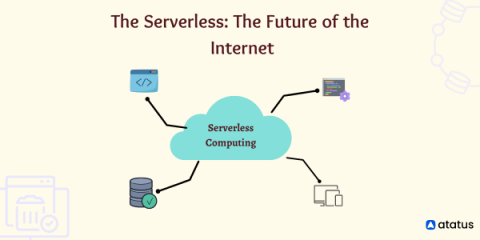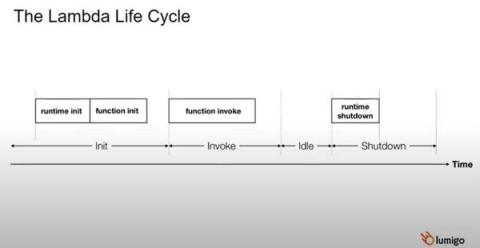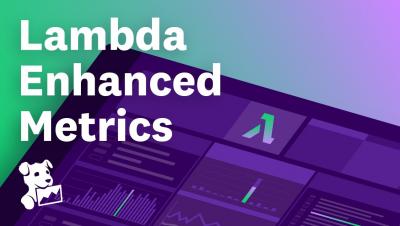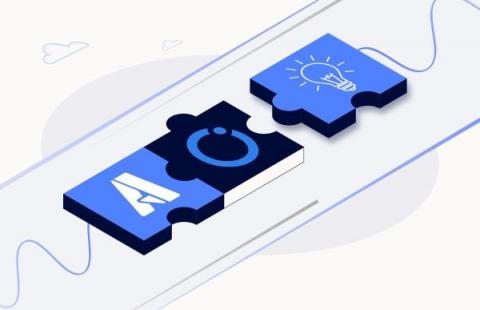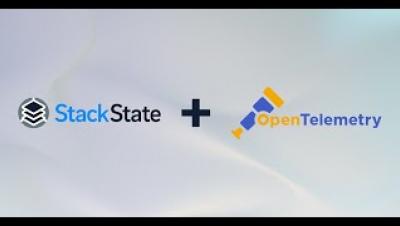Serverless: The Future of the Internet
Serverless is a technique for executing operations and running cloud compute services on an as-needed basis. Serverless computing is the latest trend in the cloud computing world. It has made it much easier to develop, deploy, and scale applications. Serverless computing means that developers don't need to worry about anything other than their code. They don't need to provision a server or install software to run their code.


